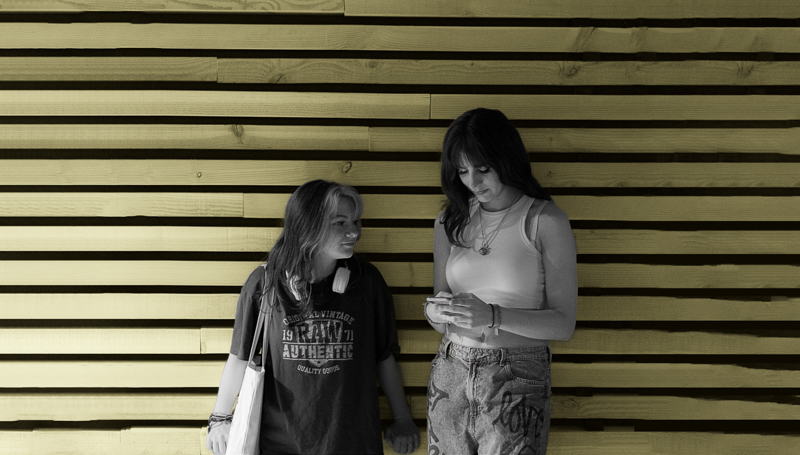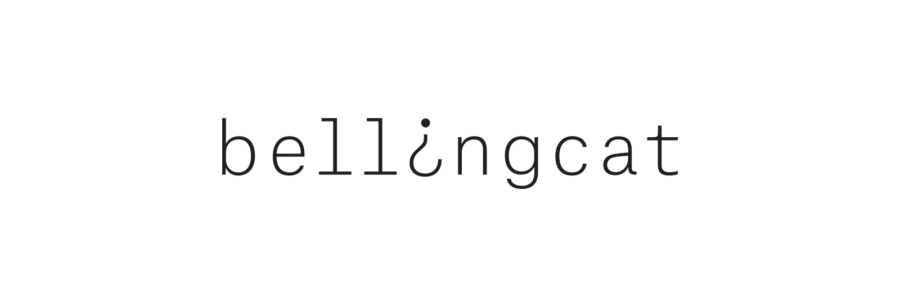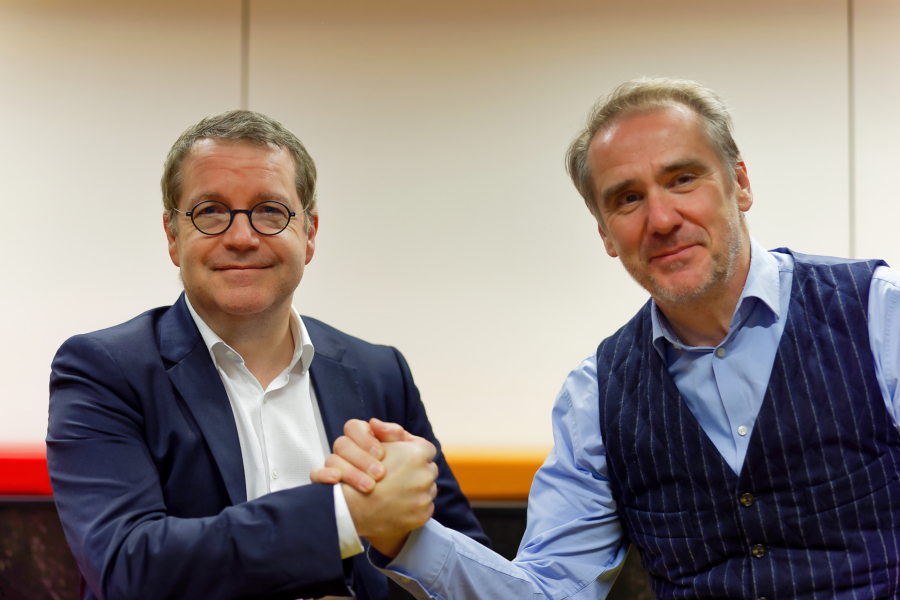03 May 2023
In search of the soul of your brand

How a clear brand identity can make you accessible to everyone
A strong brand benefits from awareness of who you are and what you are doing it for, say Frédéric Aprosio of vegetable breeder Rijk Zwaan, Bart Kleijzen of HEMA and Christel Verhoeven of the Nierstichting. But anyone who wants to move with the times will have to regularly re-energise and recalibrate.
Although the three guests each differ in background and sector, they also see similarities between them. Frédéric Aprosio of Rijk Zwaan notes that they are all contributing something ‘to make people’s lives better’. For example, Rijk Zwaan develops vegetable varieties that are resistant to certain viruses. At HEMA, since the rebranding in 2021, they are again honouring the classic motto of the HEMA founders:’Quality for everyone’. The Nierstichting aims to cure kidney diseases by 2040.
Thinking up the ‘why’
How important is the social relevance? And what makes you relevant as an organisation? According to Christel Verhoeven, it is a matter of peeling off to the core. ‘You have to know: what am I here for’ and how do I become the best at it?’ Bart Kleijzen recognises this from the various roles he has fulfilled, both on the agency side and on the client side: ‘The first thing you do when working with a brand is to go to the core. So think: what is again the intention. And not a session where you sit down together and think about the ‘why’.
According to Kleijzen, why that process of peeling off does work and ‘making it up’ does not, stems from the fact that a strong brand identity is only credible if it is intrinsic and authentic. He stresses that defining this is never really done. ‘You have to recalibrate and re-energise your brand again and again.’
Ingrained habits
But why is it that at some point a brand becomes diluted and is in need of a refresh? Christel Verhoeven points to the circumstances: there are organisational developments. Times and society are changing. New people come to work and set up their own projects. Before you know it, you drift and risk losing the core. ‘Organisations, like people, are also tempted by distractions. Things that seem interesting at that time but ultimately turn out not to be so useful.’
Frédéric Aprosio also believes that at some point within a company you can become company blind. You get used to doing certain things in a certain way. Those habits wear in and they are not necessarily the best habits. ‘So then you have to take a pass.’
Sweeping through
Meanwhile, determining the core is essential for an organisation to function well, according to Verhoeven. She does note that this can be a confrontational process: ‘Because it means you have to make choices. If you do one thing, you have to leave another. People often find it much more comfortable to leave those choices in a bit of a grey area.’
Bart Kleijzen also recently experienced that process of peeling off when he was responsible for introducing a new brand and visual identity at HEMA in 2021. Is that also a time to sweep through the organisation? According to Kleijzen, that was certainly the case at HEMA as the company came into new hands. ‘That is typically one of those moments that you can legitimately recalibrate. Then you even have to make a clean sweep.’
Decide for yourself
It is often major events that trigger a process of recalibration, says Kleijzen. Besides internal drivers such as a new owner, he also cites the emergence of competitors and social developments as triggers.
‘These are things that force you to rethink, because as a brand you have to relate to this in some way.’ According to Kleijzen, you also have to be careful with this: ‘As a brand, you shouldn’t just react to the outside world. Ideally, that should be an intrinsic process. That you decide for yourself.’
Mega important
Frédéric Aprosio of Rijk Zwaan also endorses the importance of the shared brand experience. If everyone draws from the same source internally, you don’t need to be a brand strategist to tell your brand’s story. Because then that story is shared by all parts of the organisation. According to him, though, it is important that you always keep testing assumptions with the end customer: ‘It does beg the question how you set up such a process.’
How important is that core for shaping brand identity? Literally: the corporate identity, by which the user recognises you and with which you communicate across all levels? According to Kleijzen: ‘Mega important’. HEMA, for example, works with the brand values ‘modern, cheerful, brave, down-to-earth and open’. This is a mantra that is repeated daily and should recur throughout.
Get along
Kleijzen says that if your brand identity is as ‘plain as day’, you avoid a lot of discussions afterwards. In the case of retailers, this is very important because it is used by so many different parties. Kleijzen: ‘All franchisees, for example, have to be able to work with it.’
Christel Verhoeven of the Nierstichting does not think that visual identity always has to be important. According to her, it rather depends on which category you are active in. Donors do not necessarily choose the Nierstichting because of an attractive logo. I think that in the case of the Nierstichting, the purpose and reliability of the foundation are more important than the visual identity’. Which does not alter the fact that a good visual identity can certainly contribute to this.
Long-term relationship
Frédéric Aprosio of Rijk Zwaan sees that the digital assets he commissions to develop do not always accommodate its visual identity. At the same time, these apps do communicate the vegetable breeder’s business philosophy by offering all kinds of support aimed at building and maintaining a long-term relationship. For cucumber growers in India and farmers in Tanzania, there are e-learnings available that explain exactly how to maximise yields. Apps help growers monitor their crops very precisely. ‘You could say that you can also find our identity in that.’
Since 2018, government websites have been required to be digitally accessible. From next year, this obligation will also apply to websites of commercial companies and NGOs. What opportunities -and limitations- does this present? Within Rijk Zwaan, they would like to be at the forefront of this, says Frédéric Aprosio. Although they are still in the research phase as to how this should take shape both internally towards employees and externally towards partners. Aprosio: ‘We are very curious to know whom we can all approach next. I expect a world of possibilities to open up’.
Readable font
HEMA has already made great strides in terms of accessibility. The ambition is: HEMA is there for everyone. Bart Kleijzen says that as an organisation, they are literally working on this every day. However, the choice to maximise accessibility in all communications has had major consequences. For instance, we said goodbye to the futura typeface. ‘We opted for a font that is much more readable. That is a process of blood, sweat and tears. But in the end, we felt accessibility was more important than style.’
The ambition ‘HEMA is for everyone’ is also reflected in all other design choices. Even in the selection of HEMA’s use of colour, function takes precedence over form. This allows people who have difficulty distinguishing contrasts to make better use of the websites and app. The use of language is as simple and short as possible. And the casting policy for photography focuses on depicting the Netherlands as it is, colourful and diverse.
‘We always opt for simpler, simpler, simpler. That is purely driven by the brand.’ Both Verhoeven, Aprosio and Kleijzen recognise the challenge when, as a brand, you want to be there for everyone. Kleijzen: ‘That means you also have to deal with limitations. But within that limitation, there is again room for creativity.’
Intrinsic motivation
But how do you ensure that this process of defining the core of your brand and the resulting brand identity is a success? Christel Verhoeven: ‘I think the added value of working with an agency like Total Design is that you start with the visual identity as the angle. That means the development process around the brand takes on a different dimension compared to a communications or advertising agency. You start differently. Because you start with branding. That has added value. What’s also nice is that you don’t get a TV commercial shoved down your throat at the same time.’
Bart Kleijzen also says that working with Total Design was instrumental in realising the ambition of HEMA to be there ‘for everyone’. Thanks to the design team’s intrinsic motivation to consider accessibility in all aspects from the ground up, HEMA created the opportunity to steer the brand back to its core.
Guarding your goal
Kleijzen: ‘We recently had a whole commercial campaign. From my past at other organisations, I am used to making up all kinds of things: new buttons, different images. What I find really clever is that the whole campaign was made with the elements that were already there. This Spartan thinking is so strong because it avoids the risk of drifting away from the core in three years’ time. And you thereby also guard your goal of being and remaining widely accessible.’
Frédéric Aprosio of Rijk Zwaan particularly enjoys the joint search for the essence with Total Design. Aprosio: ‘Together, we went in search of the default. What are we and our sector really about? Colleagues thought we were getting a new logo, but that turned out not to be the intention. If you take 20 years to develop a new vegetable variety, then you have to focus on continuity.’
About the participants:
Christel Verhoeven is in the midst of a turnaround with the Nierstichting: from a traditional charity that raises money for research and support for fellow sufferers to an impact-driven enterprise that drives solutions in the field of artificial kidneys and -in the future- even cultured kidneys.
Frédéric Aprosio works as an IT project consultant at vegetable breeder Rijk Zwaan, one of the bigger players in the global vegetable seed market. Rijk Zwaan supplies seeds for pointed peppers, mini cucumbers and numerous other fruit and vegetable varieties to growers in over 100 countries.
Bart Kleijzen is, as creative strategist, responsible for HEMA’s brand strategy. In 2021, he set up the latest new brand identity, a radical return to core values where making HEMA accessible to everyone is the new ambition.
Contributed by: Edwin van Praet, Executive Creative Director at Total Design and Henriette Verkerk, Head of Branding at Total Design.



